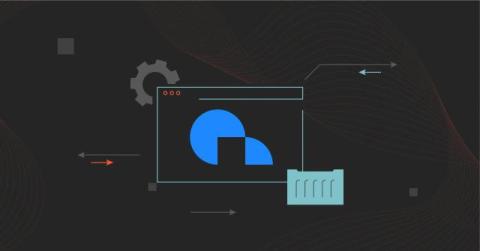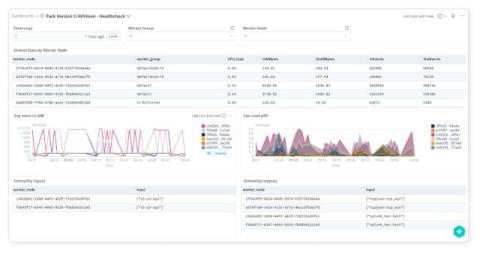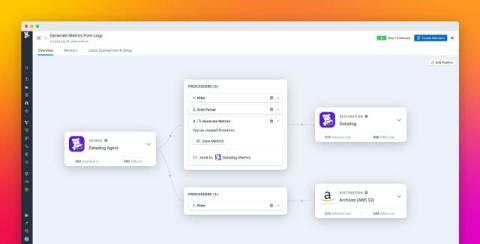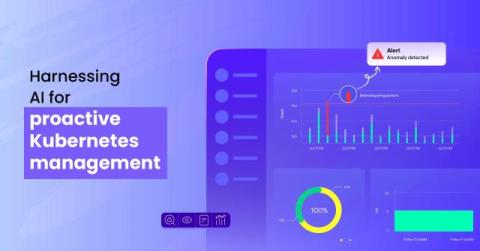Mastering Enterprise Network Complexity with Advanced Visualization Techniques
The landscape of enterprise networking has undergone tremendous change in recent years. Widespread adoption of software-defined networking (SDN), the proliferation of multi-cloud environments, the rise of edge computing, and the implementation of zero-trust security models have collectively reshaped network architectures. While these trends bring unprecedented flexibility and scalability, they have also exponentially increased complexity.










